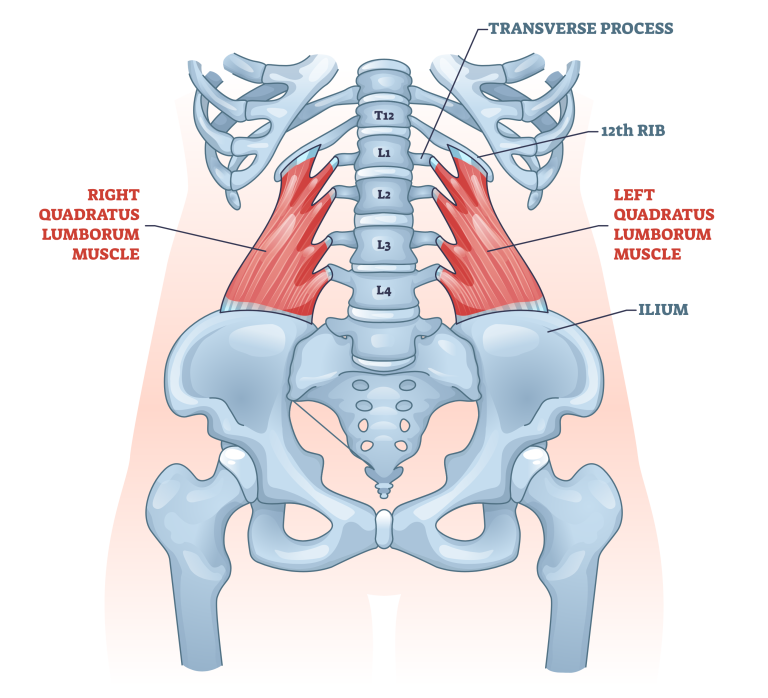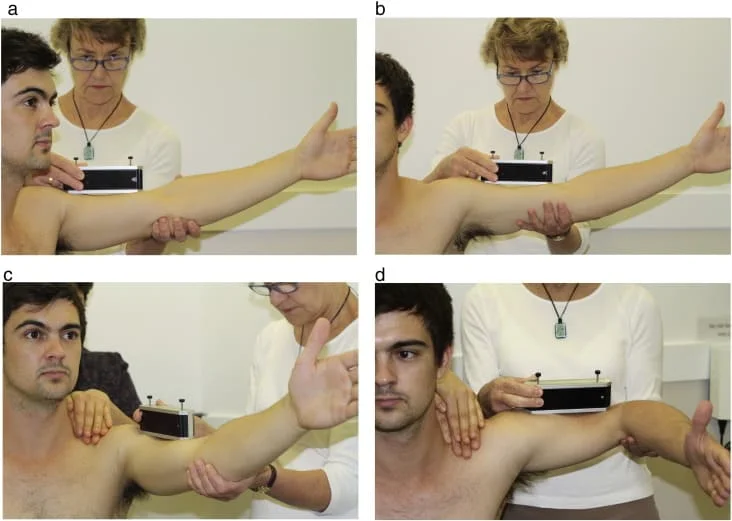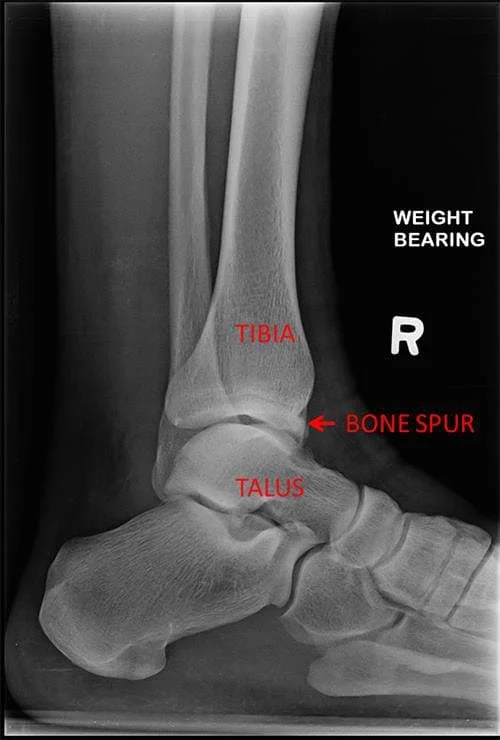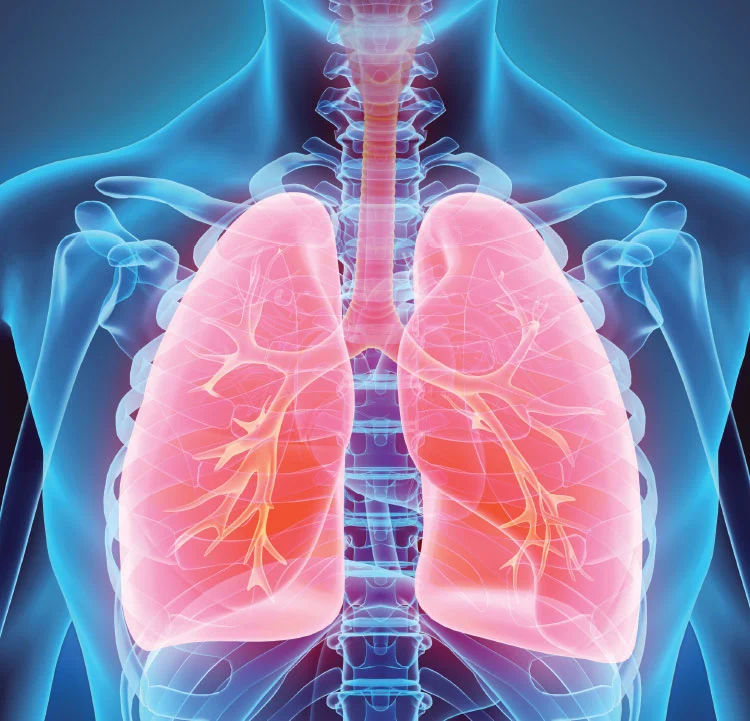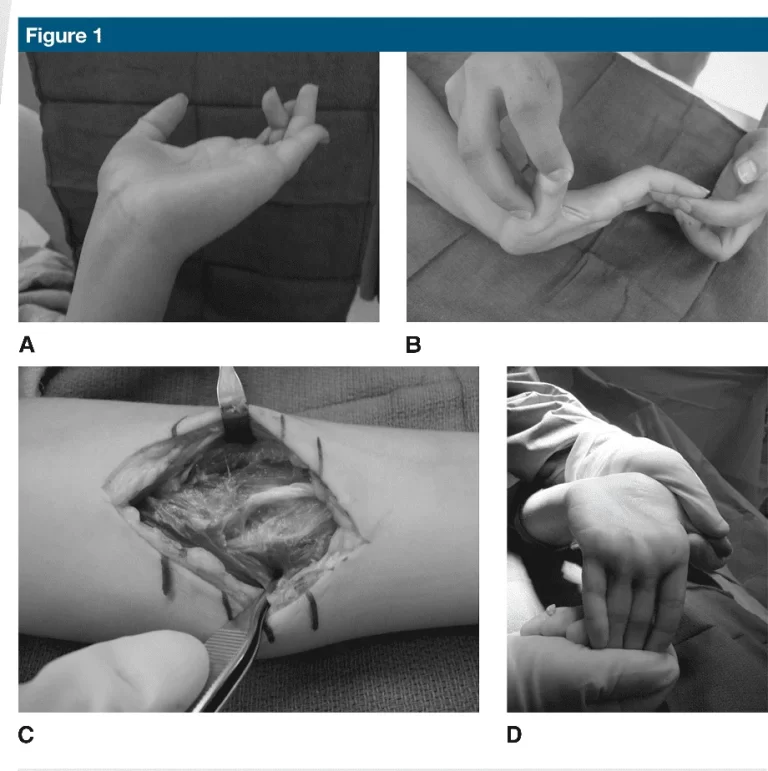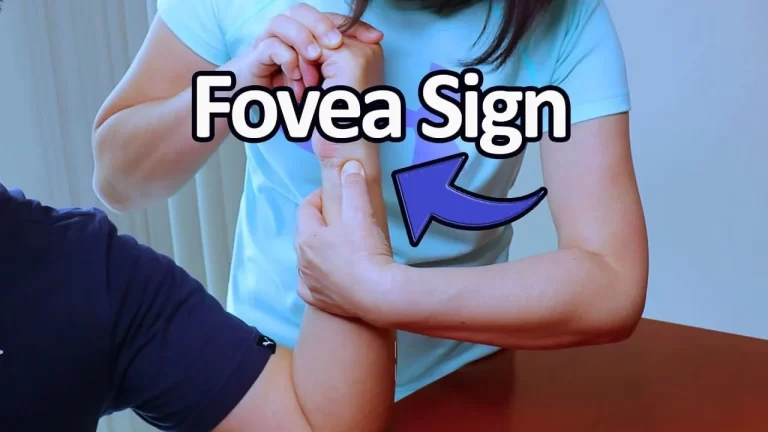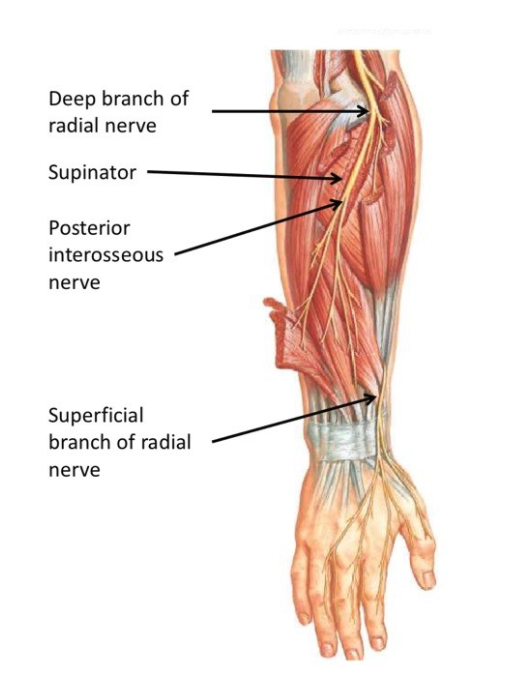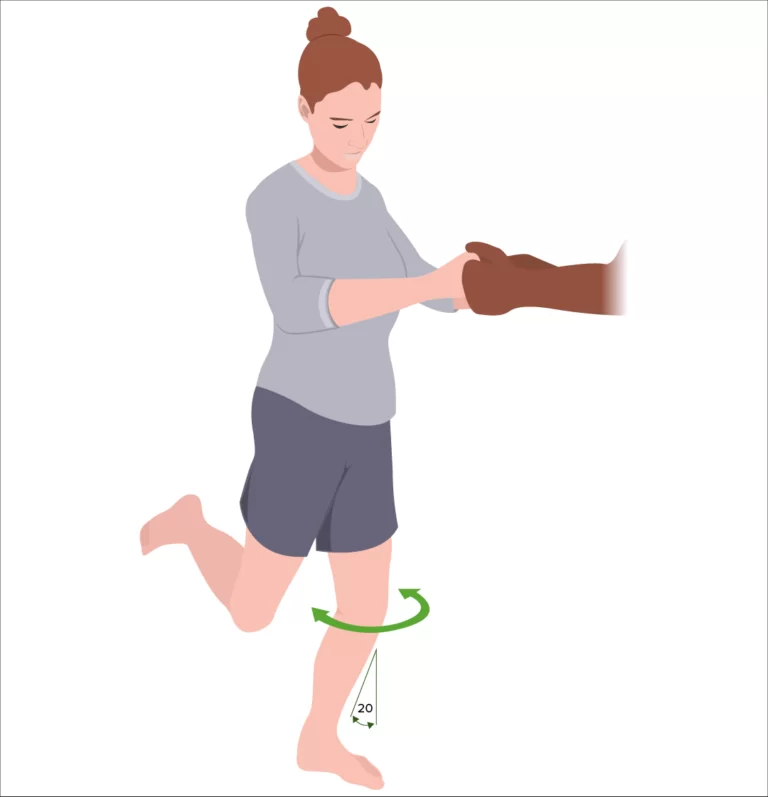Quadratus Lumborum Muscle
Introduction The Quadratus lumborum muscle is a posterior abdominal wall muscle located deep within the belly and dorsal to the iliopsoas. It is the deepest muscle of the posterior abdominal wall and is frequently misidentified as a back muscle. It has an irregular shape, although it is often quadrangular, which is why it is called…

